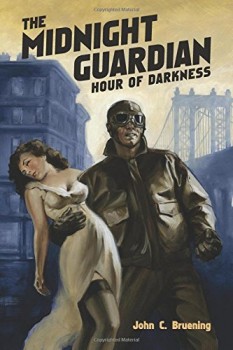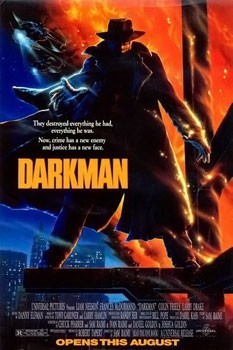I Am Not a Serial Killer Film Drops (Someplaces) Tomorrow
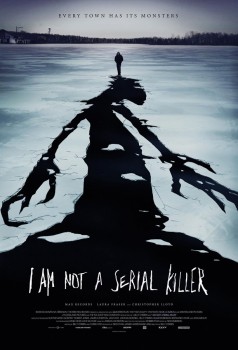 I am not particularly active on Twitter lately, but today I had a bit of time and hopped on, only to see the following headline shared by Dan Wells:
I am not particularly active on Twitter lately, but today I had a bit of time and hopped on, only to see the following headline shared by Dan Wells:
Retro-horror mashup ‘I Am Not a Serial Killer’ has an unexpectedly warm and fuzzy side
The tweet included a link to an LA Times review of the film I Am Not a Serial Killer which, according to IMDB, is set to release tomorrow, on August 26. Another review, over at the A.V. Club, proclaims “Psychopaths are people too.”
Despite being fond of Wells’ horror novel of the same name, I had no idea this film was on the horizon, and am definitely pleased to see it getting initial praise. If you want to really get a taste for what to expect, I suggest the fantastic trailer for it. (If you want to see the movie, check the bottom of this article for links, which I’ll update if I find more online availability after it is released. Feel free to skip there, if you have seen enough and want to avoid spoilers.)
The movie is based on the novel of the same name, which has gone on to spark a number of sequels featuring the main character, teenage John Cleaver, who is also a diagnosed psychopath. John’s fear is that his psychopathic urges will get the better of him, and that he will lose control of himself. To prevent this, he studies serial killers intently and has developed a series of rules that are designed to maintain his veneer of normalcy. One of the rules shown in the trailer, for example, is that when he feels an urge to kill someone, he instead compliments them. (A tip that is also helpful when maneuvering social media.)
John works in his family’s mortuary, which gives him some release for his interest in death. But he gets more than he bargains for when a series of murders in his quiet down prove to be the work of an actual serial killer. John’s expertise in this area leads him to discover who the serial killer is, and it turns out the police are not equipped to deal with the menace. In attempting to deal with things the “right” way, John finds events slowly becoming worse. He is forced to step up, breaking his own rules, and slowly getting in touch with his own darkness in order to combat the killer that threatens his community.
And that’s when things start getting really bad.

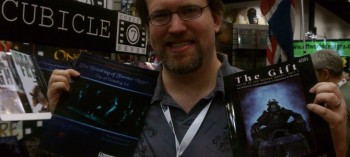
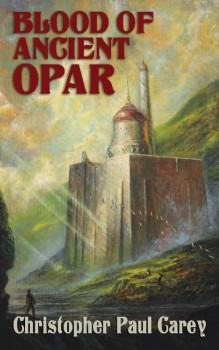
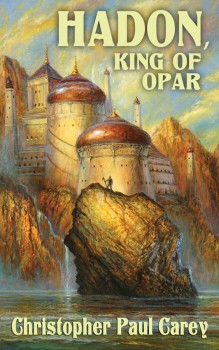
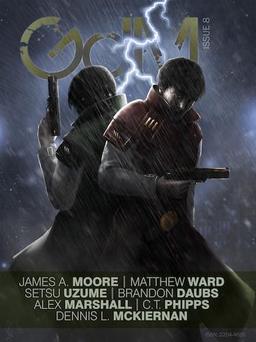
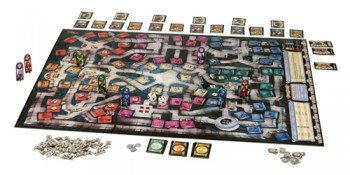
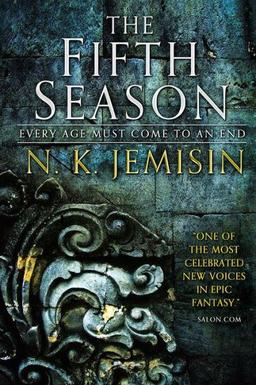
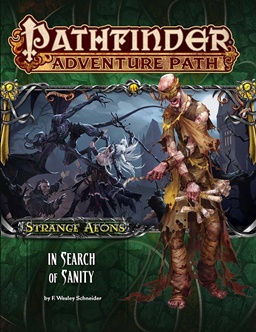
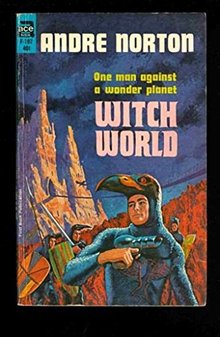 I don’t think there is any one today who doesn’t know that Andre Norton was really Alice Mary Norton, which makes her portrayal of female characters more interesting than it would be otherwise. Much of her fiction was written prior to the politicization of the feminist movement (or at least widespread public awareness of it) so it isn’t surprising that in many respects her characters reflect the traditional, male-centric, social attitudes that we would expect from that time period.
I don’t think there is any one today who doesn’t know that Andre Norton was really Alice Mary Norton, which makes her portrayal of female characters more interesting than it would be otherwise. Much of her fiction was written prior to the politicization of the feminist movement (or at least widespread public awareness of it) so it isn’t surprising that in many respects her characters reflect the traditional, male-centric, social attitudes that we would expect from that time period.